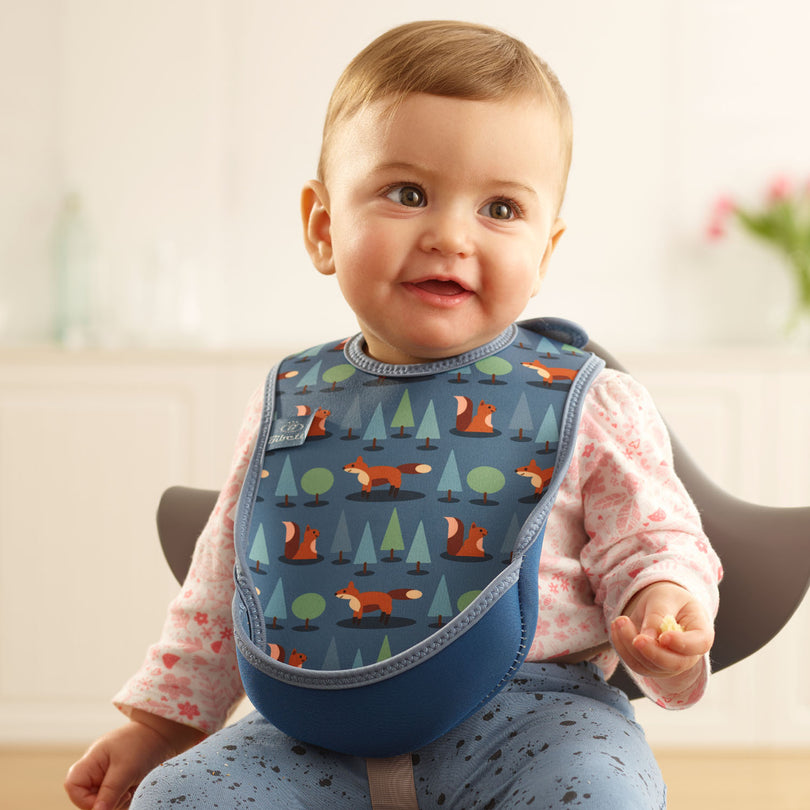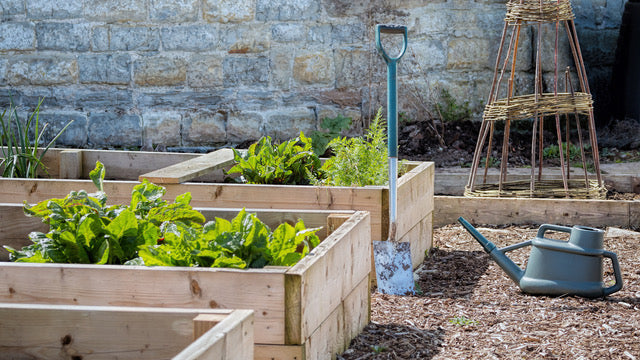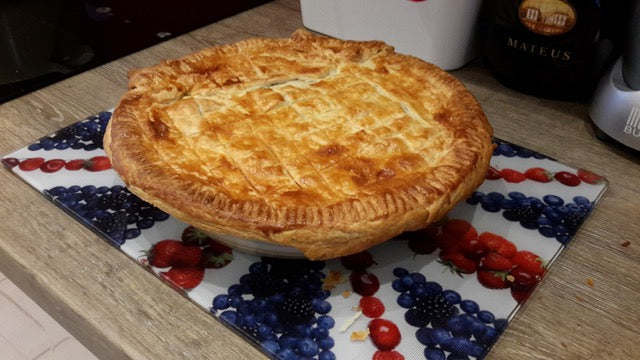It seems that in 2020, the majority of parents do a combination of purees and finger foods when weaning their babies and this isn’t surprising when the advice from the NHS it that all babies over 6 months of age should be given finger foods alongside purees.
When I started weaning Jack (my gorgeous first born!) over 6 and half years ago now, I did a combination of purees and finger foods which we tend to refer to as “combination feeding”. This meant that Jack was predominantly fed on purees at each meal but was also offered finger foods alongside his puree. It is really important to ensure that if you go down the puree route, that your baby also has some finger foods too. This is so that they begin to learn the skills needed to pick up food and bring it to their own mouth (hand to mouth co-ordination), that they learn how to put food into their mouth, move food from the front of their mouth to the back of the mouth and they learn how to swallow. They need to practice actually manipulating food around their mouths and breaking it down before swallowing. For those babies who don’t have teeth, please don’t worry as our babies have tough, strong gums which can easily break down food (anyone breastfeeding will know how hard tiny gums can be!) And, did you know that we all have digestive enzymes in our mouth which also help to break down food, so even sucking on a piece of bread for example will start the digestion process.
The foods that you offer should be soft and easy to grasp.
There is no point putting tiny pieces of chicken for example on their tray and expecting them to pick it up with ease, this won’t happen. Their pincer grip isn’t that well developed until nearer 9 months and so you want to make the pieces you offer around the size of a large chip, wedge or the size of your own finger! This will enable them to grasp onto a piece of food with their fist and the gum off any bits sticking out of the top of their hands.
Offer 1 or 2 teaspoons of purees once a day only during the first week of weaning.
It is important to point out that there are no official guidelines on how often you should offer purees once you start but we always suggest that for the first week of weaning that you offer 1 or 2 teaspoons of purees once a day only. This is because up until now, all your baby would have had to digest would have been milk. And although 1 or 2 teaspoons seems a small amount, it is still quite a large quantity of food for your baby to digest for the first time bearing in mind how small their tummies are as well. That week will just enable you to make sure there are no digestive issues such as pain, sickness or diarrhea that occur.
Bitter then sweet…
When you start introducing purees, it is a good idea to allow the first tastes to be of the more bitter flavoured veg, such as broccoli, spinach, beans, kale etc. As humans, we have evolved to loving sweet tastes and so encouraging first tastes to be of the more bitter variety, this can stand you in good stead for the future to ensure your baby is accepting of all sorts of flavours readily.
And, you don’t need to try one veg at a time, we would only suggest this for foods which are known to cause common allergenic reactions and vegetables are not part of this group. So why not steam up a load of green veg and then blitz together until smooth to form the first puree you offer. Again, the texture isn’t specific at this point but many parents puree their baby’s food until very smooth and lump free to start. Once you know that your baby is happy at mealtimes and is eating well, you can move up to more lumpier textures at a time which is suitable for you both.
Mix it up
From 6 months, there are very few foods that a baby can’t actually have and so when you are both ready, maybe after a week or so of veg, blend up your roast chicken with all the trimmings (omitting salty gravy) and feed your baby that! It will become a bit of trial and error.
Warning: no salt or sugar
The main things to remember are not to add salt or sugar to anything. Using things like low-salt stock cubes and unsalted butter will really help keep the salt content low of anything your baby is eating. We also need to think about sugar. Pureed fruits are now recognized by the government as an added sugar which advise that no children under 4 have. Once fruits are mechanically broken down, the sugar content is very high and so this is not advisable when weaning. If you want to puree fruit, do a small amount and then add veg to it or things like yogurt or porridge so the dish isn’t classed as high in sugar.
Finger foods
At each mealtime, it is also important to make sure that your baby has finger foods as we mentioned before. These are there for them to play with and get used to. And these can range from steamed veg, fruits, pieces of chicken, toast and nut butter strips, omelette strips, whole prawns, flaked salmon, slow-cooked lamb etc. It certainly doesn’t have to be the same food as you have puree fed them at that meal, it can be anything really!
The choice is yours
Today, you can go online and read the opinions of many people about the “best way” to feed your baby and to be honest, this is NOT helpful and can cause unnecessary stress for new parents. Feeding your baby whether it is breast or formula, puree or baby-led weaning, the choice is yours as long as you have understood the evidence and facts around each method and you have been given the correct info from health professionals. I really hope you enjoy weaning your little one half as much as I did as it is an adventure you will cherish forever!
Guest Blog by Happy Tums





